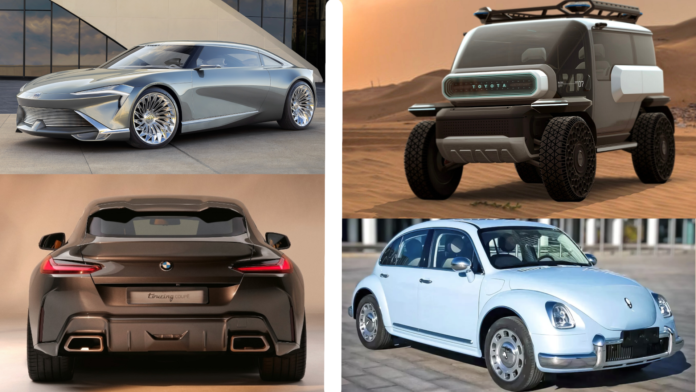With concept cars, you get to see an unfiltered version of the design team’s vision. These cars are frequently much cooler than the release version, and sometimes much uglier, but always more interesting. Once a new car actually hits production, and it’s been through focus testing and notes from the higher-ups and actually let loose into the world, what you have is usually a more sensible, practical version of the original concept. If you really want to see what sets every region’s auto industry apart from the rest, on an aesthetic level, you have got to take a look at the concept cars.
The examples we’re listing here illustrate the differences between how American, European, Japanese, and Chinese designers approach their work.
What Concept Cars Are For
Concept cars exist for various reasons. They allow an automaker to dip a toe in the water before moving forward with the production model. A concept car can be used to highlight a new style or some new tech and gauge the response from the public, investors, partners, and even people within the company. The idea is to take the concept further than might be practical in a final model.
Related
10 Futuristic Concept Cars Showcasing The Technology Of Tomorrow
This is why concept cars still exist.
For instance, the signature scissor doors of the Lamborghini Countach originated from a concept car known as the P400, designed by Giorgetto Giugiaro as one possible direction for what would be the Miura. Giugiaro’s concept car couldn’t accommodate a rear transverse V12, meaning it was impossible to build a functioning 1:1 model of the design, but the Lamborghini felt the designer was onto something with the roof-mounted upward-opening doors.
There’s another way to explain the process. Designers often throw a bunch of stuff at the wall to see what sticks. This usually happens when an automaker wants to change its design DNA. It will produce several concept cars with wild styling and go with whatever receives positive feedback.

Add CarBuzz to your Google News feed.
American Concept Cars: It’s All About Muscle
In American concept cars, familiar shapes and styles are often stretched, bent, and exaggerated to dramatic proportions. It’s fair to say that nostalgia plays a role in a typical concept car from brands like Dodge, Ford, Cadillac, and Buick. These are names synonymous with the American highways, the golden age of the Interstate, Route 66, and drag racing.
From a marketing perspective, it’s not a bad idea to echo your core demographic’s cherished memories, so you have, for instance, the Buick Wildcat EV concept. It is unmistakably a Buick, boasting a wide-open grille, sleek headlights, and bold corners. But at the same time, it’s unlike any Buick you’ve ever seen. An edgy, futuristic take on Buick’s long history of muscular coupes, hearkening back to classics like the Century, the Riviera, and the Buick Special, with hints of retrofuturism.
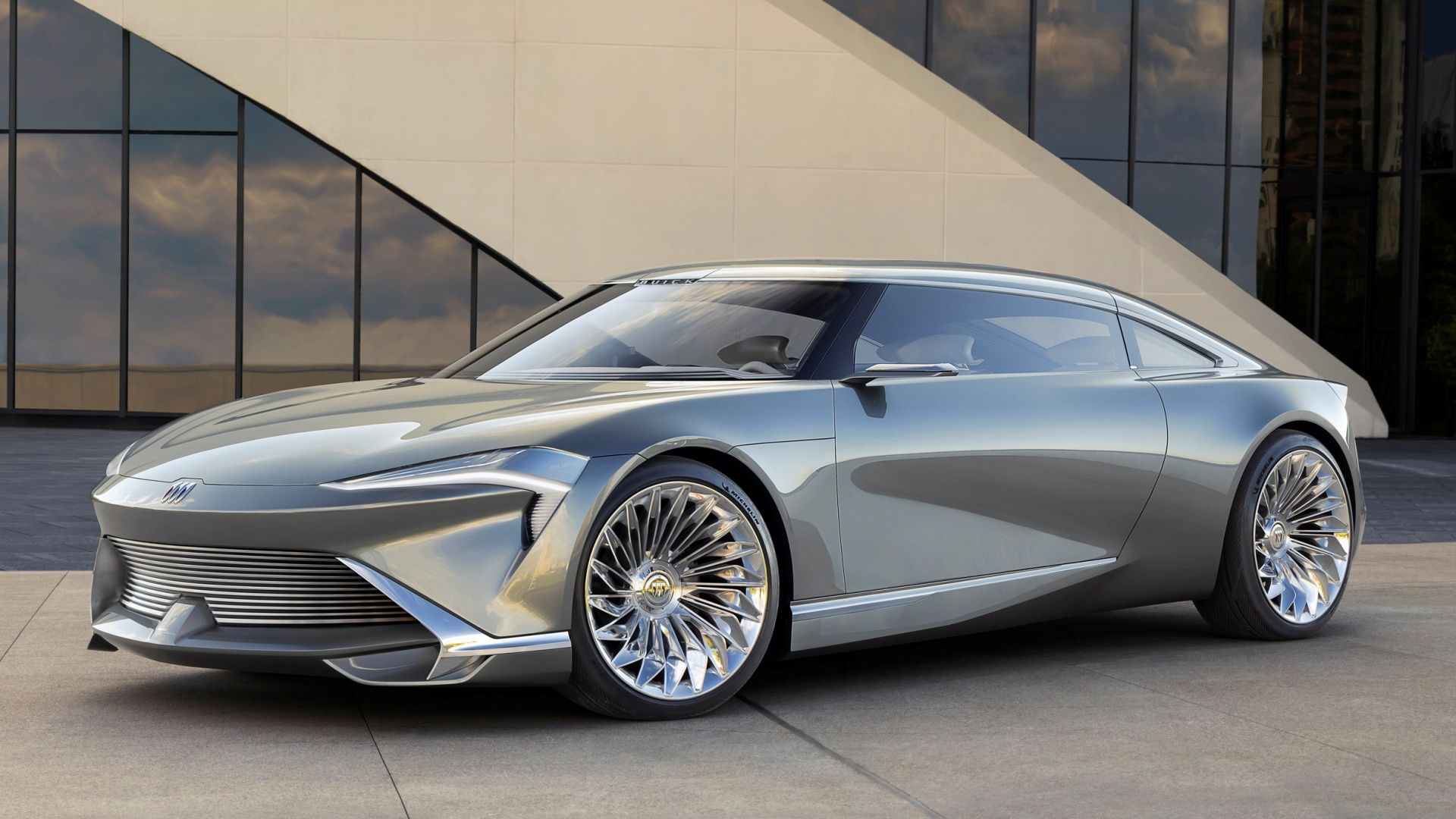
Related
Buick Tells Us How Design Makes The Difference
Buick is reinventing itself and looking to the future with a new design language, and the choices it’s making are carefully considered.
Electric vehicles have opened up a whole new world of concept cars. Rather than building a vehicle to accommodate a massive engine block in the front, back, or middle of the car, EVs typically pack the heaviest part, the battery, flat along the floor. This may be part of the reason why the new Dodge Daytona Charger looks exactly like the concept car, as this means there’s one less round of revisions bringing the idea to life. But perhaps the most interesting example can be found in Hennessey’s utterly ridiculous Project Deep Space.
Project Deep Space is a teardrop-shaped all-electric Hyper GT with gullwing doors and three rows of seats arranged in a diamond shape, so you’ve got one seat for the driver up front, two in the middle, and a fourth seat in the back. It’s a six-wheel monster that looks more like a spacecraft than a car, and the wild thing is, it’s theoretically possible, but Hennessey Performance wound up pivoting to the American Porsche Carrera GT project, a car more suited to Hennessey’s demographic.
Project Deep Space illustrates another key purpose of the concept car: it’s not always about creating an actual prototype for a production model. Sometimes it’s just about exploring what’s possible.
European Concept Cars: Not All Cars Make It
This is a pattern you’ll see repeated in every region: the concept cars generally look like dramatized versions of their production cars, carrying all the design earmarks we know and love and cranking them up to eleven.
The Concept Touring Coupe remains a long shot at the moment, and this illustrates another aspect of concept cars: you’ve got to impress the top brass if you want to make it to production. The concept came from a designer who wanted to see a Z4 coupe, and satisfying one’s curiosity isn’t always a compelling enough reason to push a car through the long, expensive process of development.
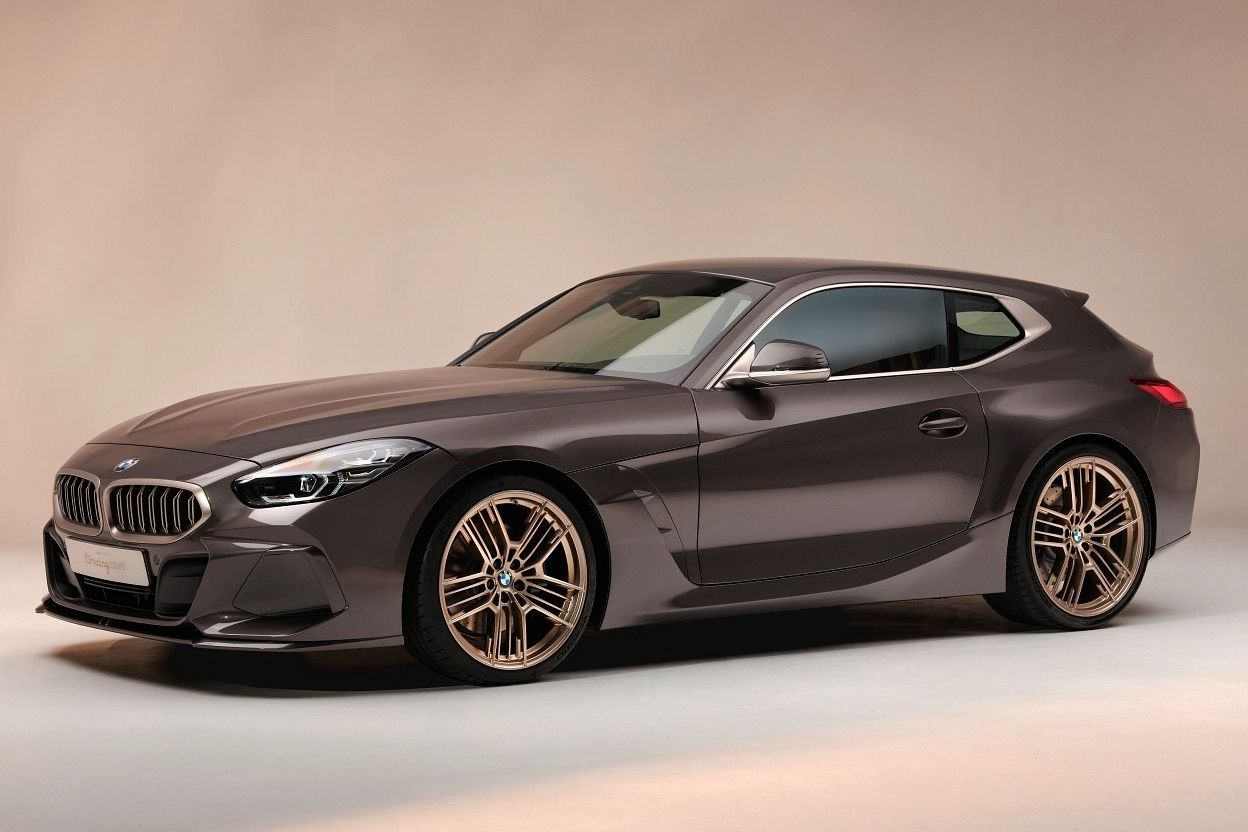
Related
RUMOR: BMW Concept Touring Coupe Production Won’t Happen
It would be a shame if BMW doesn’t make at least a handful.
Successful concept cars aren’t just the ones that make it to production. The 1970 BMW Garmisch concept, for instance, would eventually evolve into the first 5 Series, and now, more than fifty years later, it’s inspired the BMW Vision Neue Klass X. The distinctive shark nose looks downright futuristic on the new electric car, which will serve as a basis for upcoming X models like the iX3, but its origins date back half a century.
Some of the more adventurous European concept cars illustrate a region’s auto design tendencies and ideas of its conception of international markets. The Volkswagen ID. Code EV crossover was created specifically for China, debuting at Auto China in 2024. It has a GT Vision-inspired body design and a generous suite of high-tech features.
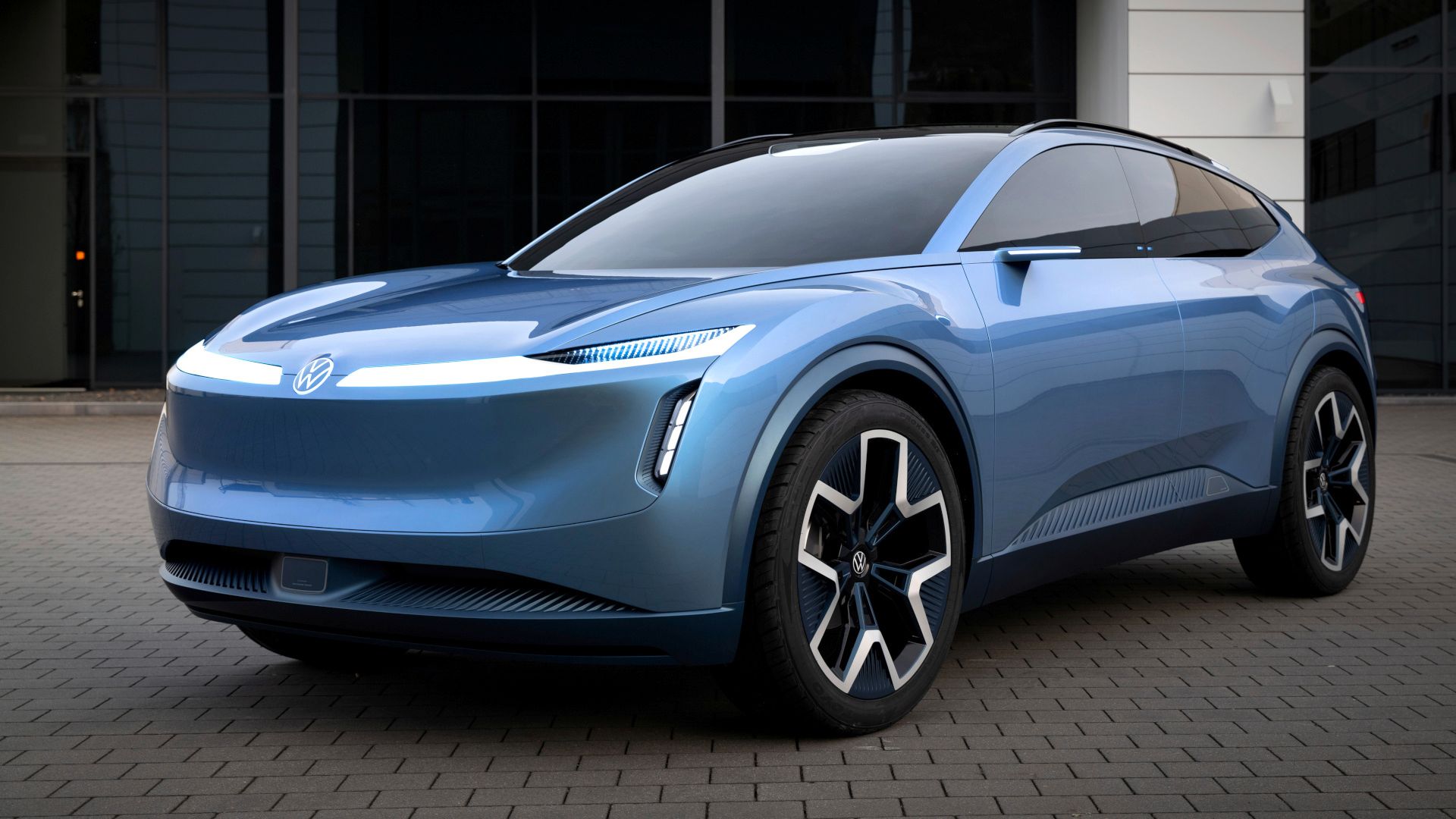
Related
Volkswagen ID. CODE Concept Reveals Future Of VW Design & Technology
VW says that this concept is all about the Chinese market, but we have a feeling the next-gen look and technologies in here will spread worldwide.
One of the coolest features is the interactive 3D Eyes. These are headlights that can actually follow you as you approach the car. The back end houses a tail light bar with its own set of 3D Eyes that can be used to communicate with other drivers. Add to that, an AI-assisted avatar that will keep you up to date on the weather and traffic through semi-transparent Smart Window displays and voice. We’ll see how much of this stuff actually winds up hitting the market, but it’s an exciting implication of what the future holds all the same.
Japanese Concept Cars
It’s fair to say that Japan has one of the most influential auto industries in the world. Japanese concept cars aren’t just a sign of what the next generation of Toyotas, Nissans, and Hondas might look like; they also give us a glimpse into the future of American, Chinese, and European highways.
The Nissan Epoch, a sedan designed for the Chinese market, takes Volkswagen’s AI assistant and raises the bar, with the ability to recognize emotions and monitor the driver’s mood. The Nissan Epic is an SUV with an autonomous mode, and it doubles as a power source in case you want a little extra creature comfort on your next camping trip. The Era is a plug-in hybrid designed for off-roading, featuring e-4ORCE AWD and active air suspension, along with a body design you could best describe as Playstation-chic.
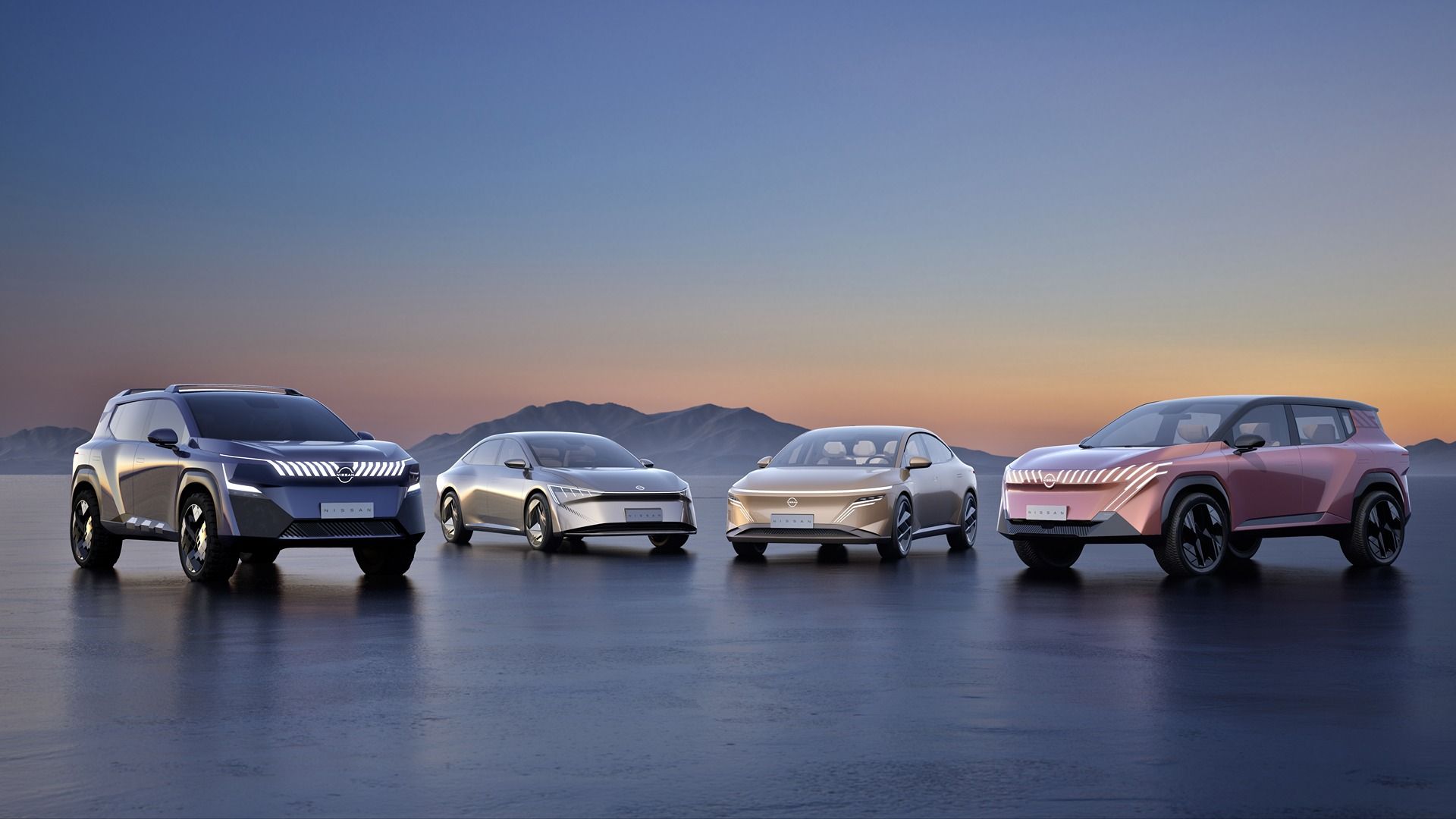
Related
Nissan Unveils Four New Electrified Concepts At Auto China
Sadly, the automaker hasn’t shared many details regarding the plug-in hybrid and electric concepts.
Finally, the Evo is a liftback plug-in with an AI-assistant and styling cues reminiscent of an upmarket Infiniti. All four of these cars illustrate a cornerstone of Japanese concept cars: practicality and technology. None of them have been confirmed for production just yet, but if they’re not released under their current nameplates, we’ll no doubt see the next generation of Nissans take many cues from these cars.
Not to say Japanese designers never let their hair down. Toyota has produced some of the weirdest looking concept cars to ever grace the scene. Check out the Baby Lunar Cruiser if you want to see what a Land Cruiser might look like if you asked someone to draw it from memory. Recent trends simply tend toward the country’s strength in building innovative, pragmatic vehicles in order to sell the international market on hybrids and EVs.
Chinese Concept Cars: Borrowed From Across The Globe
As the world leader in manufacturing, China doesn’t make concept cars; it makes promises. No matter how weird a Chinese prototype might be, they might just be crazy enough to do it. Just take a look at Sino Vehicle Hub Co.’s Tundar pickup truck. Yes, you read that right. Tundar. It looks like a Playskool playhouse on wheels, and it’s not scared of copyright lawyers.
This brings us to another feature of Chinese cars: copycatting American, European, and Japanese vehicles is a proud tradition over there, as illustrated by the DongFeng Concept Pickup Truck. DongFeng says that the truck delivers 1,300 hp, putting it 455 horses ahead of the Tesla Cybertruck. Details are scarce at present, but we know that it’s decked out with a cabin-spanning widescreen display, it packs retractable sidesteps, and the steering wheel is square. No confirmation on whether this thing is going into production, but we’re guessing probably.
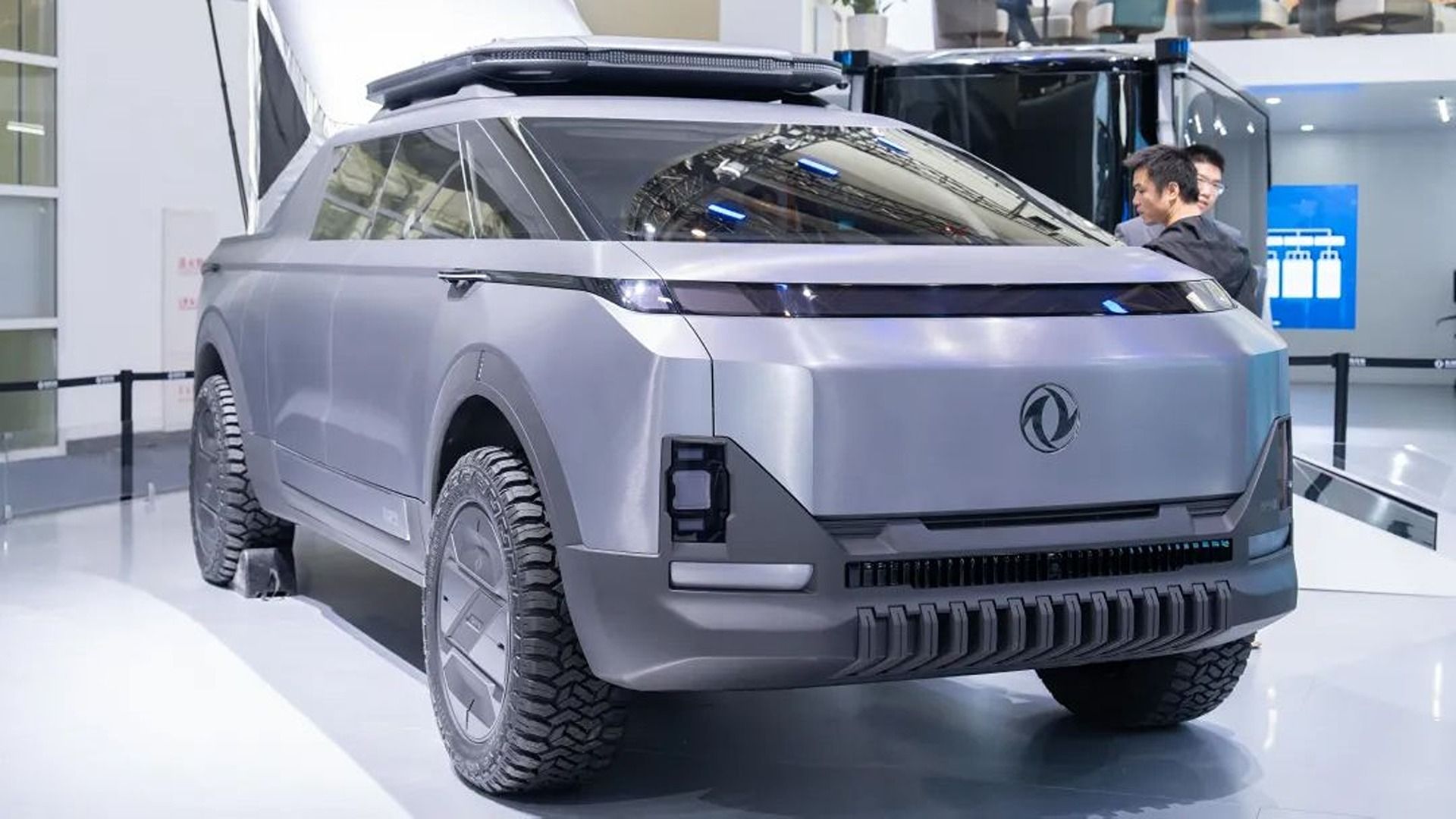
Related
Chinese Automaker Thinks It Can Do A Better Cybertruck Than Tesla
Dongfeng, one of China’s biggest automakers, has revealed a new concept truck at Auto China. Does it remind you of anything?
Chinese concept cars aren’t just flat-out copycats, though. In this anything-goes, Wild Wild East of automotive design, you also see some very cool stuff like the Speed 9, courtesy Fang Cheng Bao, a subsidiary of Chinese conglomerate BYD Company and BYD Autos. The Speed 9 takes clear inspiration from European roadsters, thanks in large part to BYD having recruited Lamborghini, Audi, and Alfa Romeo legend Wolfgang Egger. This is the same guy who drew up the 8C Competizione, one of the most gorgeous European cars ever produced. The Speed 9 borrows the elegant curves of an Alfa Romeo or an Audi and takes them into the future with quad taillights, scissor doors, and, if early reports are to be believed, a lightweight carbon fiber chassis.
We don’t know what to expect of this one just yet, but it’s probably going to be an EV with some wild performance specs.

